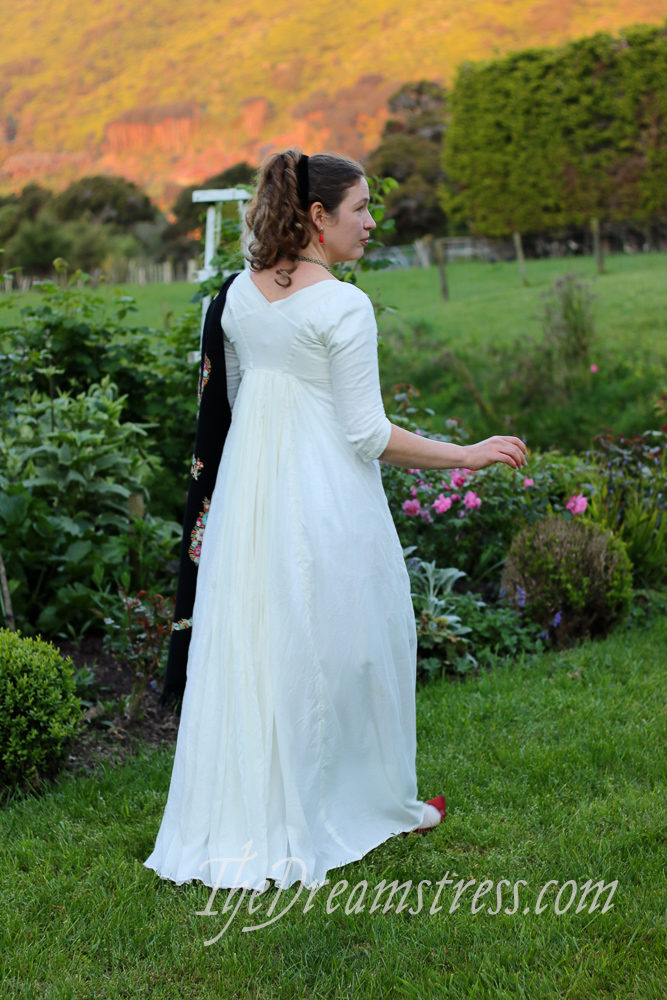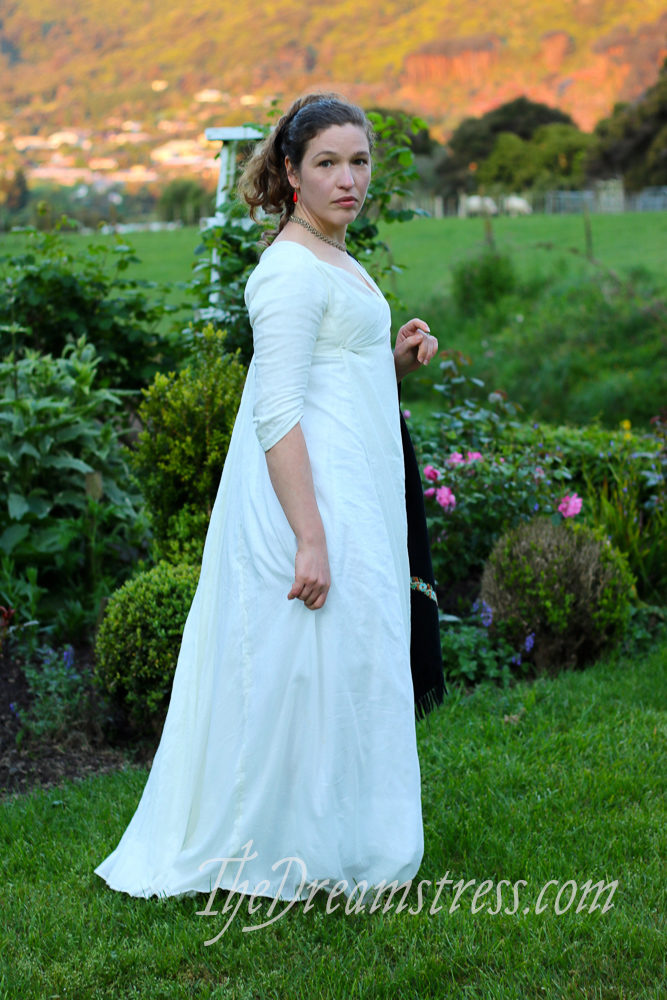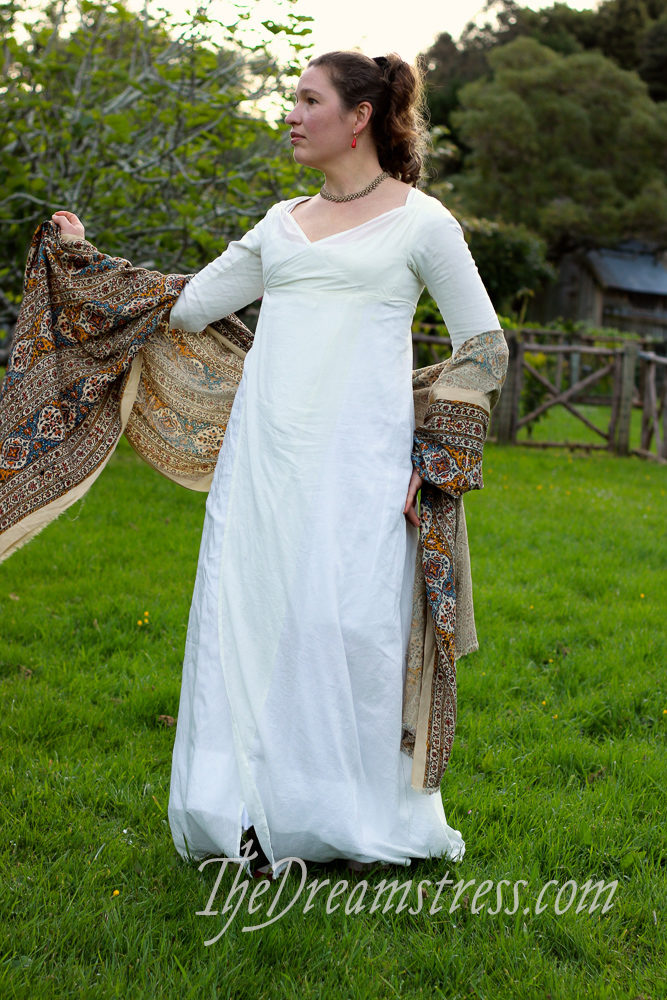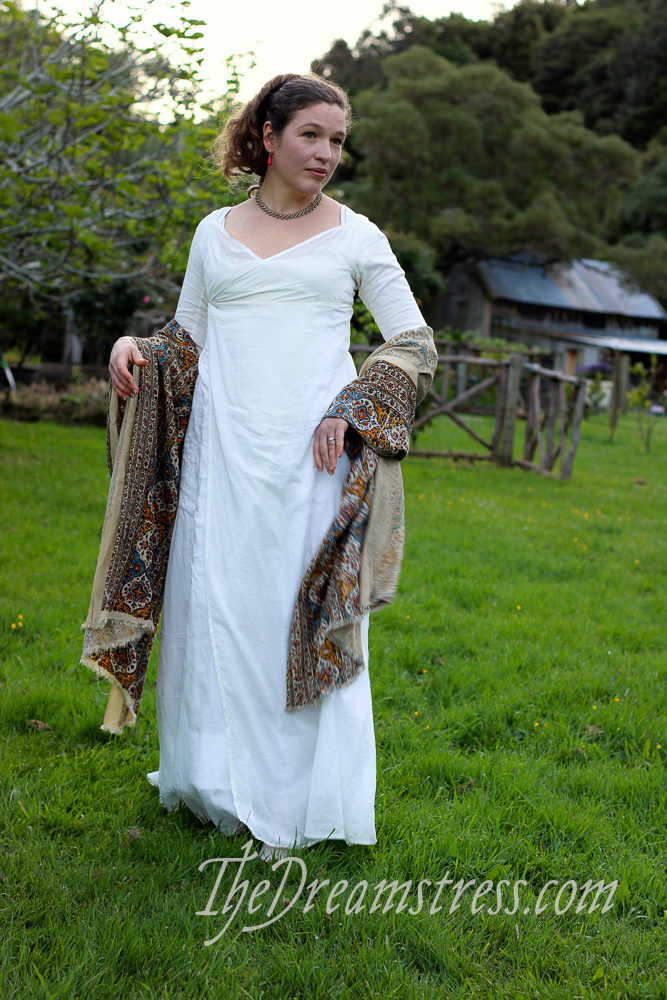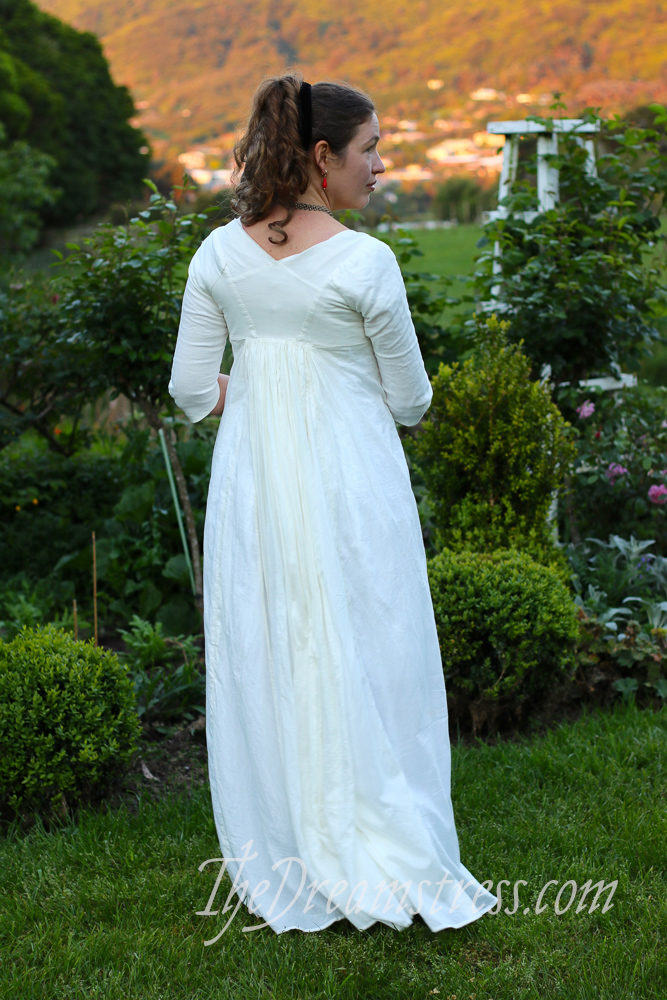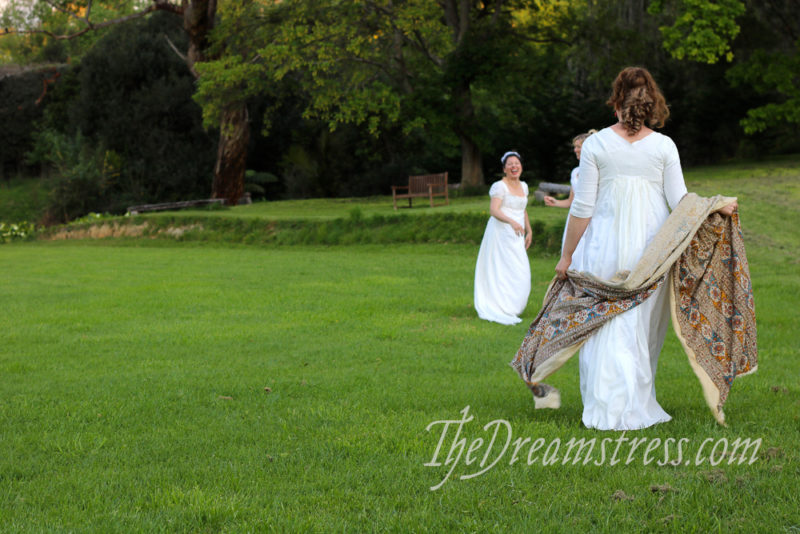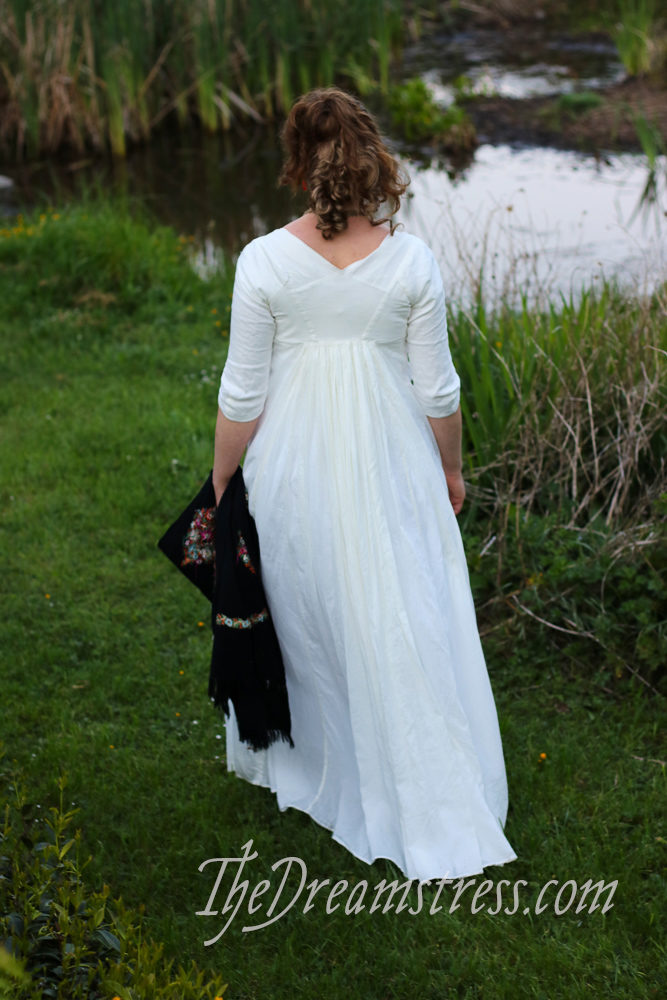It’s been a long time since I’ve done a life catch-up post. So long, that some of the things I’ve been collecting for it feel like they happened years ago… I’m pretty sure it’s only been months, but life is moving very fast for me!
So what have I been up to?
1. Lots of visits to Zealandia
My lovely in-laws gave us annual passes to Zealandia for Christmas (best present ever) and I’ve been blissfully indulging my love of/obsession with New Zealand’s native birds at every possible opportunity.
Mr D is not quite so obsessed with birds, but he’s delighted to go along with any activity that doesn’t involve costumes, movies with subtitles, or the weekend vege markets, so he’s been loving the weekly (or more) trips to Zealandia.

Zealandia has been such a feature of our lives this summer that I’m probably going to gift/inflict you with a post all about it, so I’ll try to restrain myself from posting 1000 pictures in this one.
The photo above is a hihi (stitchbird) – a bird which has the distinction of having the best Maori AND English names!
Hihi are extremely rare nectar eating birds that were driven to extinction on the main islands of NZ, but have been reintroduced through sanctuaries like Zealandia.
2. Re-upholstering some chairs
Our dining room table had chairs that were upholstered in this exceedingly attractive 1980s peach fabric:

So chic…
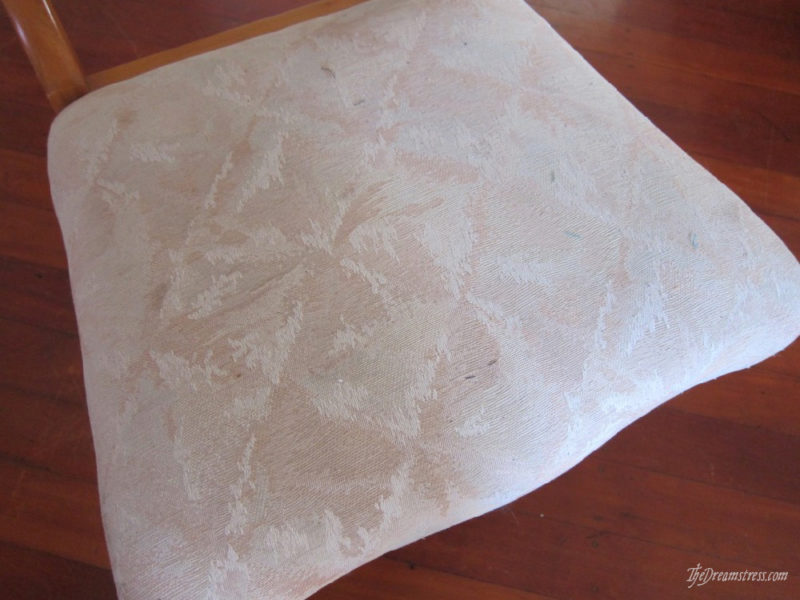
Re-doing them had been on my to-do list ever since we bought the table, but it never quite made it to the top priority. In mid December I decided it was something that was going to be done before the end of 2018 (or else), and I spent a day with the staple puller and the stapler.
And now I have a set of fun, significantly more attractive, chairs:

Every chair has a different fabric, but they all coordinate.

3. A bit of baking
Finding the time to bake is a huge indulgence for me. Mr D isn’t a baked goods fan, so if I make something it’s either to bestow on friends or students (or friends/students) or to try to work my way through on my own. And I’m time poor, so any time I manage to make something to take somewhere is a huge achievement.
But one place where I always try to make time to bake is peach season. Peach kuchen made from the Tassajara baking book recipe is one of my all time favourite desserts (though it’s easily eclipsed by mango kuchen, its ‘we live in Hawai’i and you can’t buy peaches but we have mangoes coming out of our ears’ cousin’).
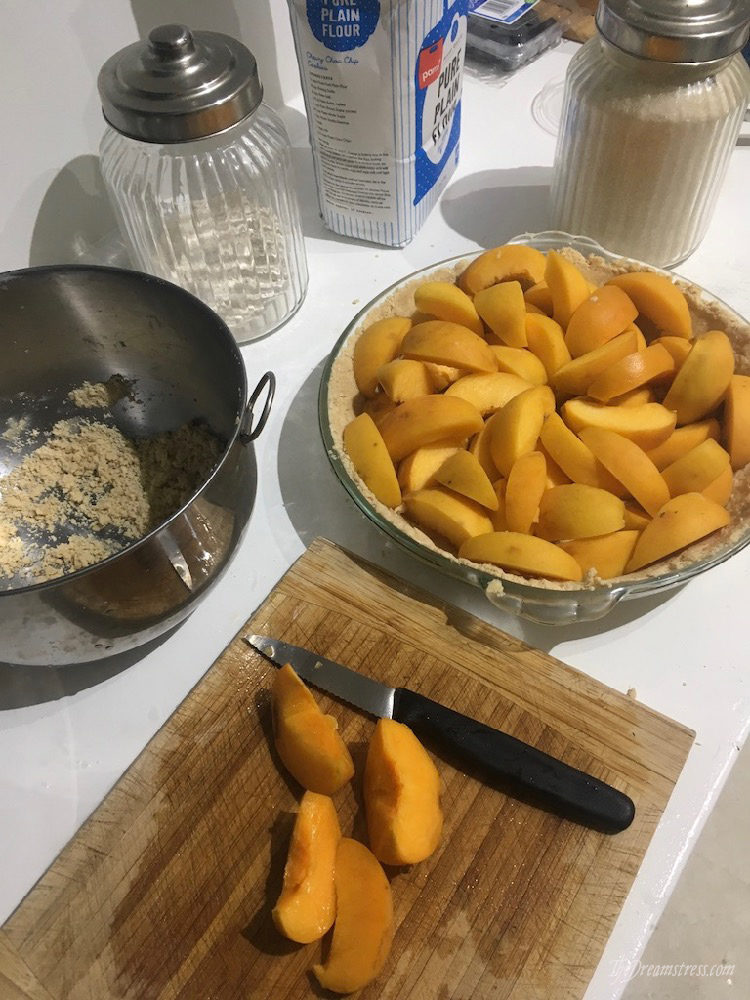
Yummm…. Summer in a slice of pie.
4. Sewing!
I’ve done so much modern wardrobe sewing I haven’t blogged, in addition to the historical sewing I have blogged, and the Scroop Patterns stuff you’ve seen as model samples, etc.
I’ve made jeans:
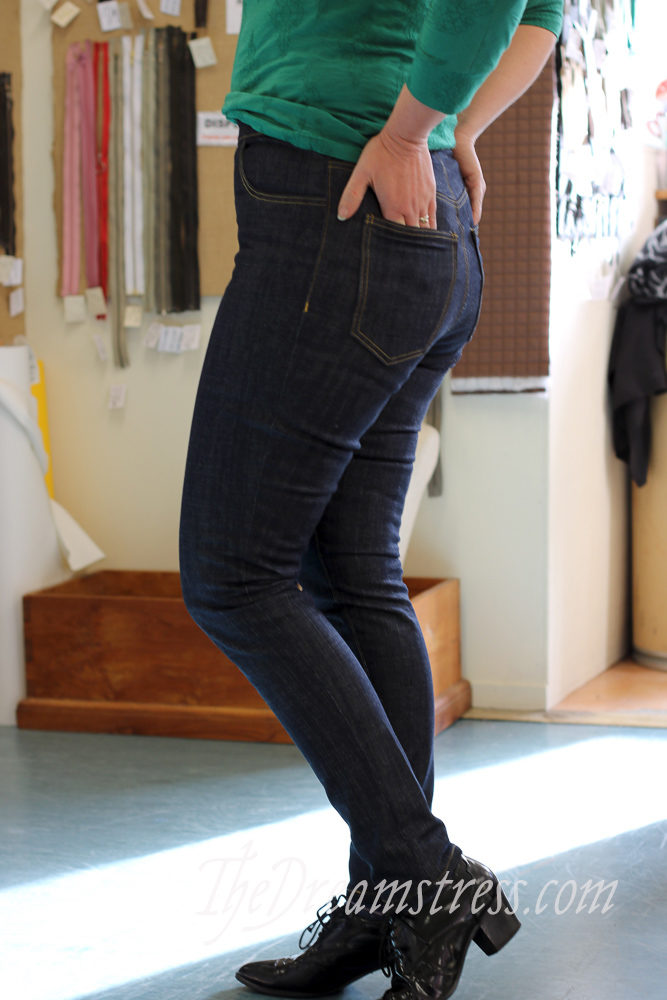
I’ve tried both the Closet Case Ginger Jeans (pretty good pattern, but the grainline is off and makes the legs twist on most people, and the super perky and handholdy instructions aren’t my cup of tea) and the Cashmerette Jeans (great pattern at most sizes, but the grading is off in the pear fit in the smallest 3 sizes, and I slightly prefer the Ginger’s sewing techniques)
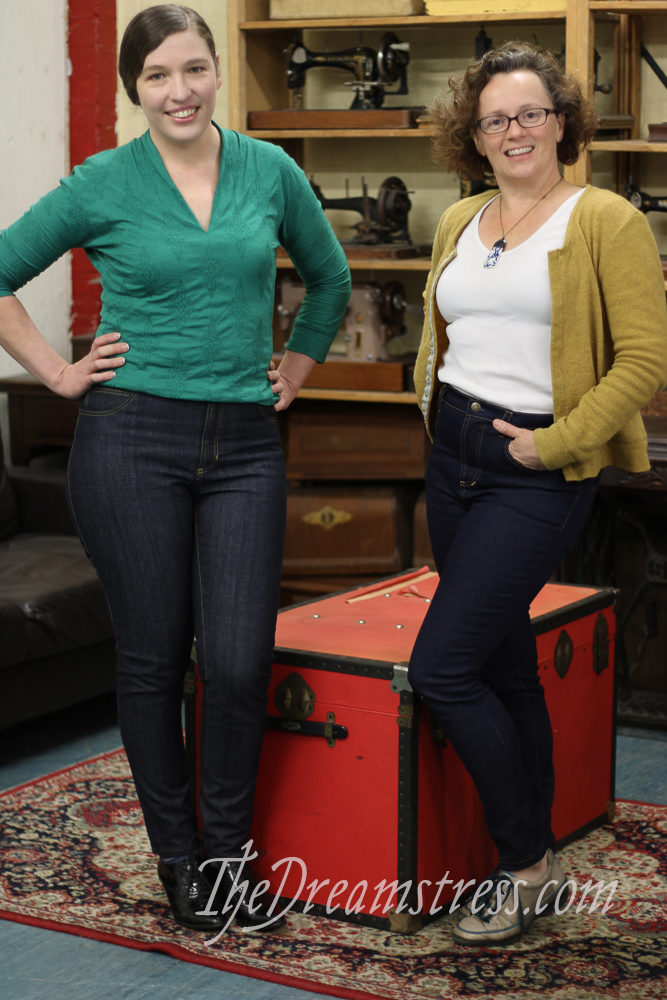
And swimsuits:

It’s been extremely warm in Wellington this summer (nice in a very short term way, extremely scary in a long term way) and I’ve been swimming a couple of times a week, so made a couple of swimsuits. I’ll probably do a blog review on those.
And I’ve made a couple of dresses, and a couple of skirts, and a couple of T-shirts, and a couple of blouses, and some pants, and probably more…
But it hasn’t all been work, because I’ve also been:
5. Watching the world’s most spectacular sunset
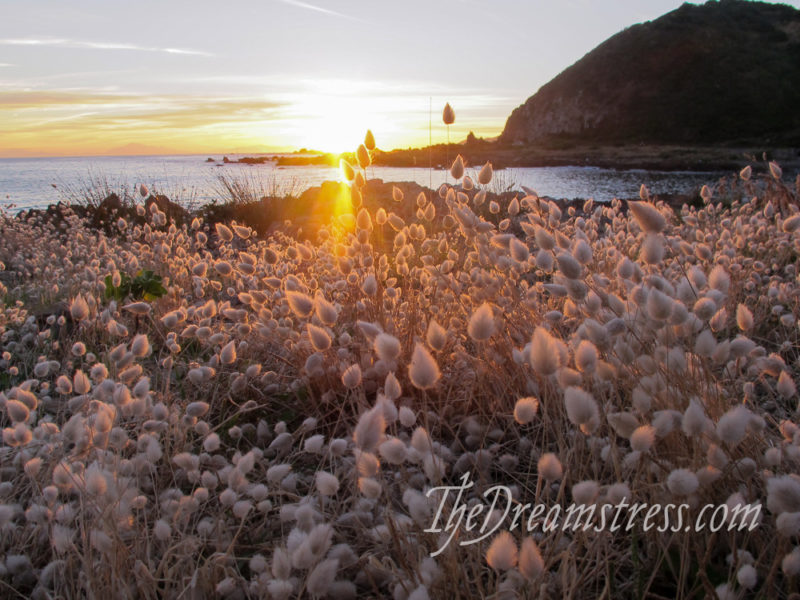
I’m from Hawai’i, and live in New Zealand, so I have seen some pretty amazing sunsets over the years. This one, however, was beyond special.

We went for a walk around the coast, and it just got better and better as we walked, finishing in a blaze of striped clouds, with the South Island glowing purple in the distance. Wonderful.






